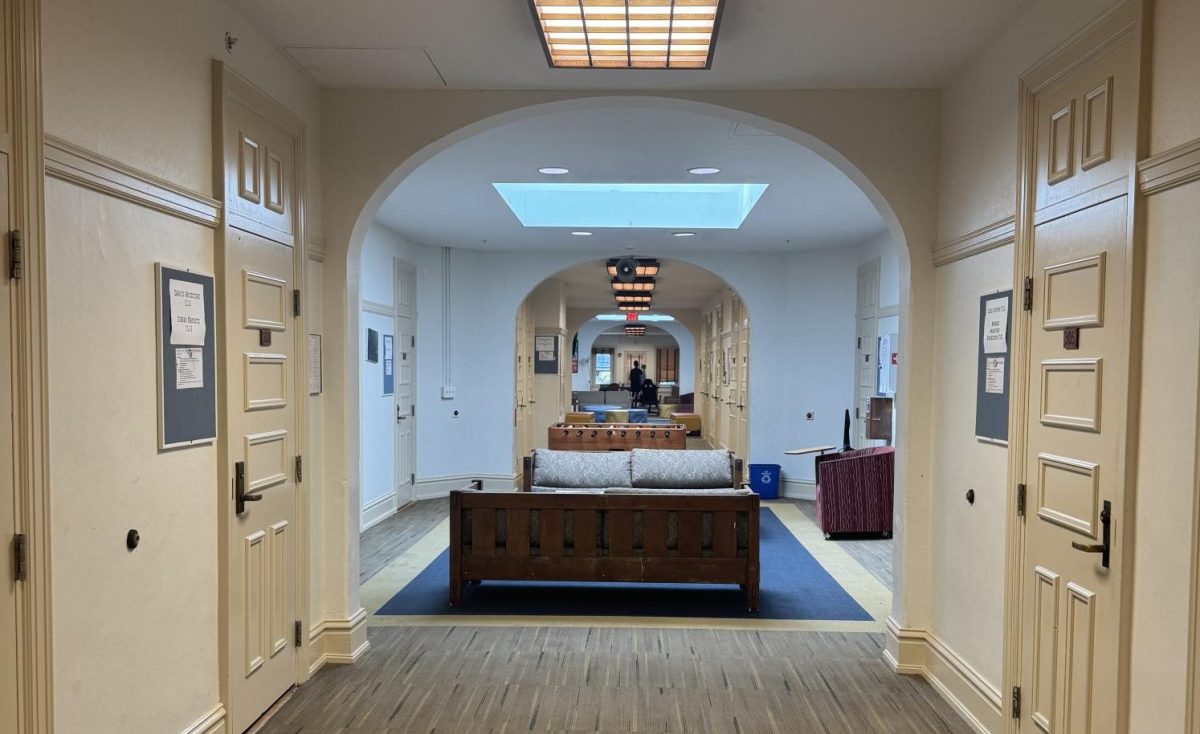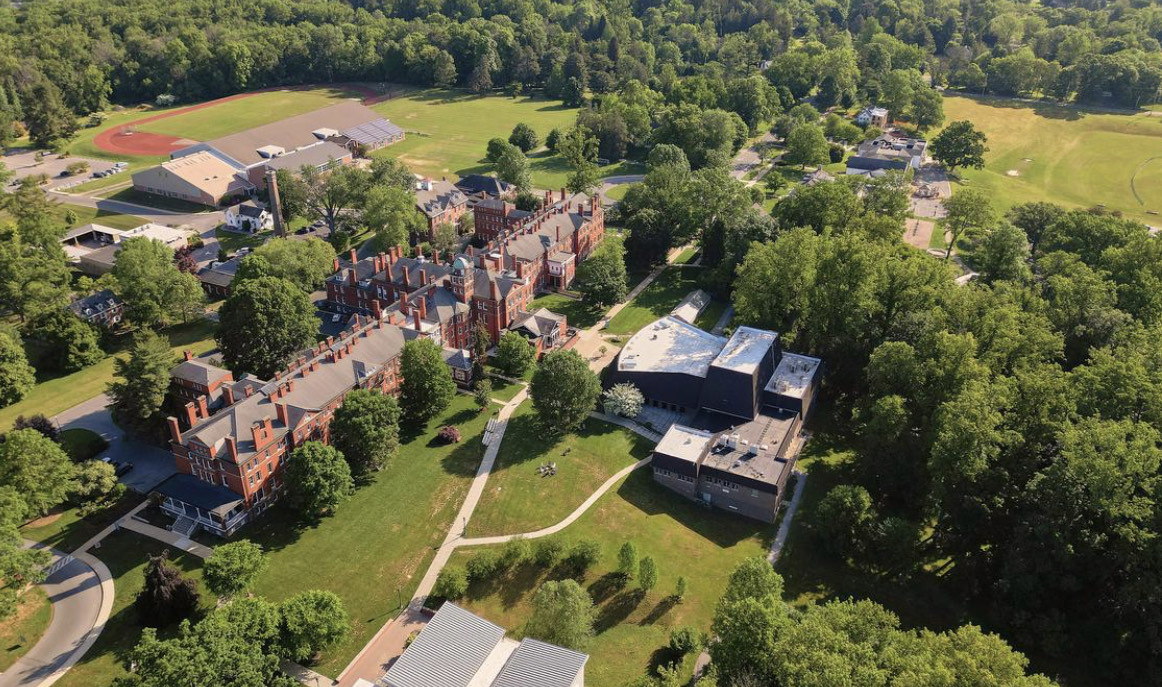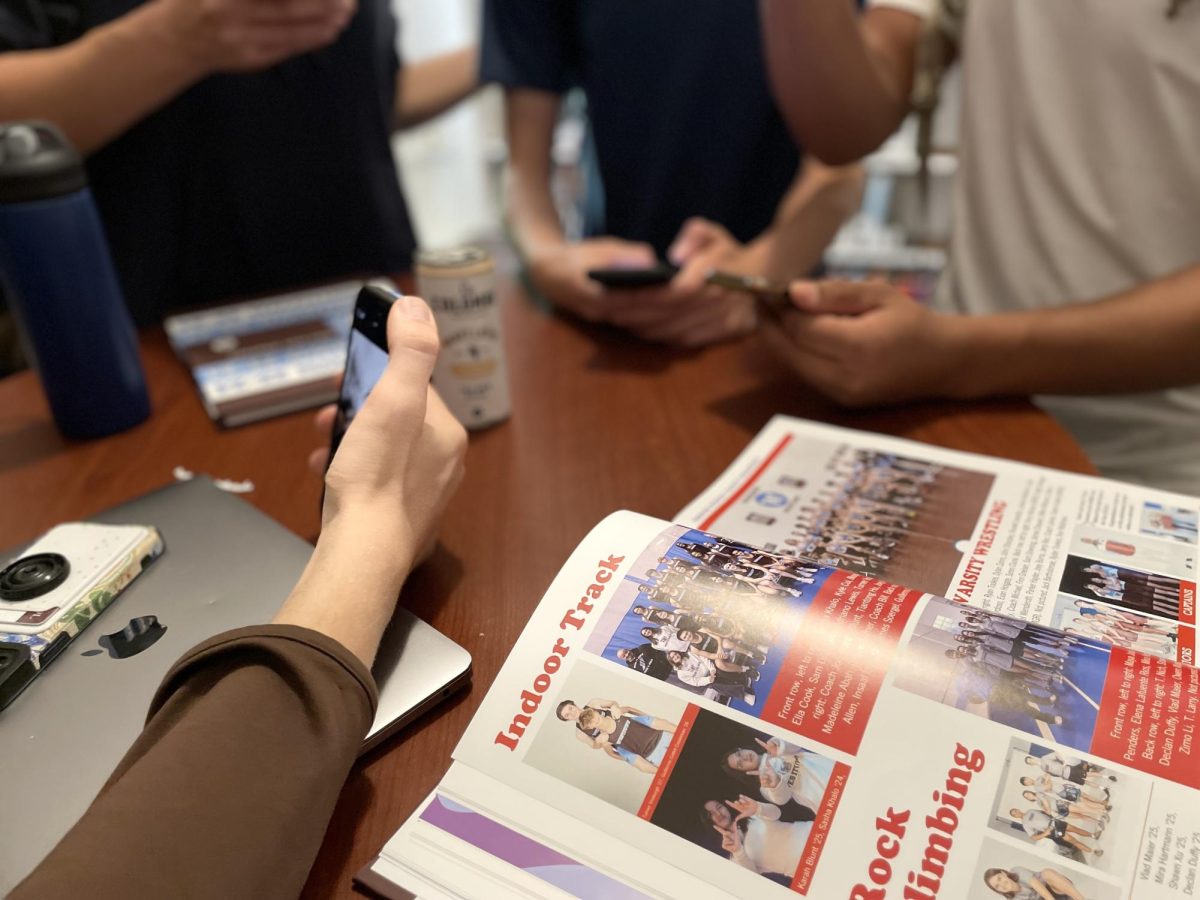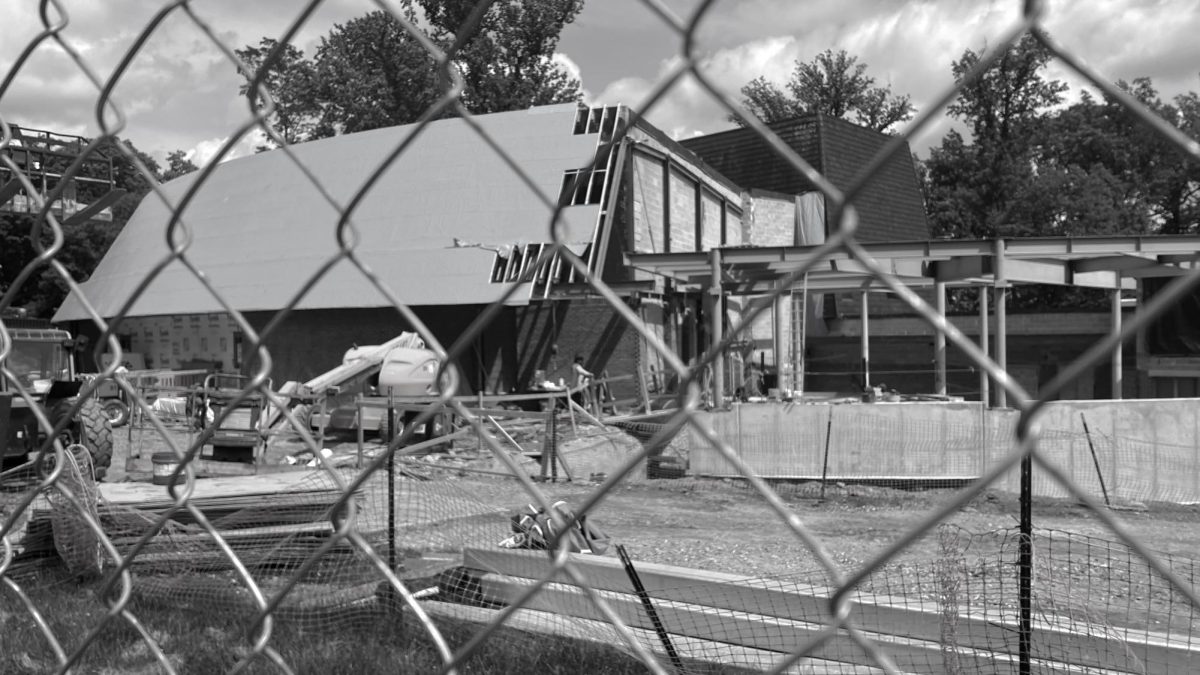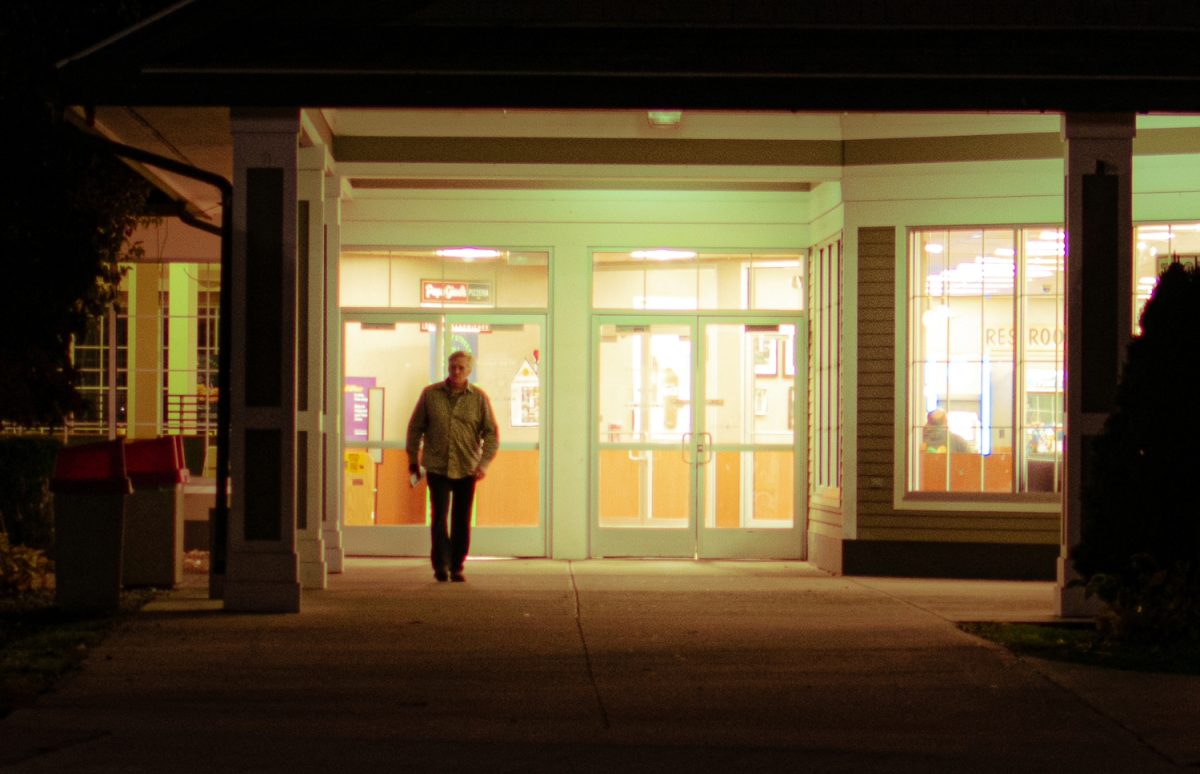A few months ago, Philadelphia’s Chinatown residents were under threat, residents and activists told me. In a dramatic turn of events earlier this year, however, the Philadelphia’s own NBA team, the 76ers, reversed their decision to construct a $1.3 billion arena in Center City a few blocks away from the Chinatown that is home to around 1,500 households, a project that had ignited fervent opposition from Chinatown residents and advocacy groups.
In January 2025, the 76ers officially withdrew their plans for the 76 Place, a 18,500 seat arena that was proposed to replace the third district of Fashion District Philadelphia, separated from the boundary of Chinatown by only Filbert Street, blocks away from the famed Friendship Gate that marks the entrance to Chinatown. Despite an initial City Council approval in December of 2024, consistent opposition from public advocacy groups – such as the Philadelphia Chinatown Development Corporation and Asian American United, along with a coalition of Chinatown residents, and business owners – forced the half-baked Sixers arena project into the trashcan. Indeed, given the Southeastern Pennsylvania Transportation Authority’s chronic fiscal distress, the funding needed seemed far-fetched.
“We’re relieved to hear that the nightmare of a Center City Sixers arena will not haunt our city anymore,” said members of the No Arena coalition in a public statement after the team announced it would remain in South Philadelphia under a new agreement with Comcast Spectacor.
At the heart of the resistance was a fear that Chinatown, the last remaining low-income minority community in Center City, would fall victim to the same displacement and cultural erosion that has plagued other urban Chinatowns across the United States. Community members pointed to rising housing costs, gentrification, and commercial encroachment already threatening the neighborhood’s fabric.
The arena’s footprint would have overlapped with family-owned businesses and community institutions, potentially forcing them out through rising rents and construction disruptions. Local leaders emphasized that the project wasn’t simply about basketball; it was about cultural survival.
“This is not just about a stadium,” said Wei Chen, civic engagement director at Asian Americans United during a December protest. “This is about whether our community gets to live and thrive in the city we’ve helped build.”
Many residents were already living on the margins. Educational attainment statistics show that 24% had not completed high school, and many operated within tight financial limits. The neighborhood’s socioeconomic diversity made it particularly vulnerable to displacement.
Even after the City Council approved the arena plan in late 2024, resistance didn’t wane. PCDC responded by presenting a $163 million counter-proposal aimed at strengthening neighborhood protections. That move, alongside public protests and national media attention, amplified the stakes and forced a citywide conversation about equitable development.
In the end, public pressure worked. The 76ers’ retreat was seen by many as a defining moment—not just for Chinatown, but for all Philadelphia neighborhoods fighting to keep their cultural identity amid rapid urban change. The victory was hard-won, but it was decisive. Chinatown stays standing—not just in place, but in spirit.

